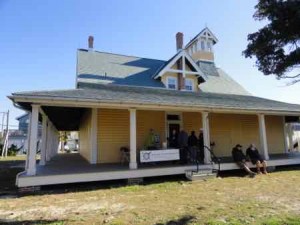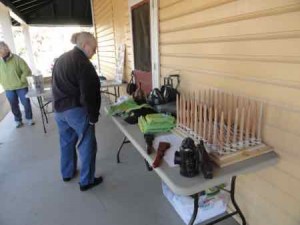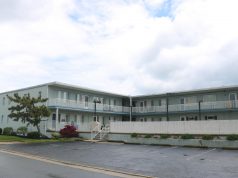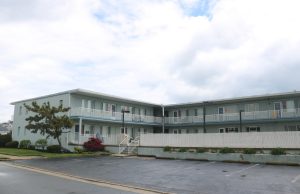An estimated 500 to 1,000 visitors will stop and take a look at the U.S. Life Saving Station at Fourth Street at Atlantic Avenue in Ocean City this weekend.

The historic building is part of the annual Lighthouse Challenge, a fundraising event that challenges people to visit each of the 12 surviving lighthouses in New Jersey and three maritime museums.
The Life Saving Station visitors were not be able to enter the building in Ocean City this weekend. It remains under construction as part of a massive renovation project.
But that will change by the time visitors return for next year’s event, according to John Loeper, chairman of the nonprofit U.S. Life Saving Station No. 30, which is working to create a living museum at the site.
Architectural design work for the final phase of the project — windows, doors and interior restoration — is complete, and a request for bids from contractors to complete the job will go out soon.
By this time next year, visitors will be able to see exactly what it was like when U.S. Life Saving Station 30 operated in Ocean City from 1885 to 1915.

Stations up and down the coast were positioned not only to rescue ships and sailors in distress but to serve as places of shelter and medical clinics on shorelines that were often sparsely inhabited and remote.
On Saturday, Loeper demonstrated some of the artifacts used by the men of Station 30: a flaking box used to freely pay out a thin line tied to a projectile fired from a Lyle gun toward a foundering ship; torches used as light and signals on dark and stormy beaches; even a Canada goose decoy carved by a member of the Life Saving Station Service.
Though the station sits two long blocks and a quarter-mile from the beach at the intersection of Fourth Street and Atlantic Avenue, it has never moved. In its day, the station was on the beach. The same storms in the early 1900s that eroded 10 blocks of Longport deposited sand on the north end of Ocean City.
The city purchased the building in 2010 for about $1 million, ending a decade-long battle to save the station from demolition. Five years earlier, Ocean City voters rejected a proposed $3 million purchase of the property.
In 2011, the site received a $750,000 New Jersey Historic Trust grant. The money was part of a matching grant – the city had to come up with an equal $750,000 to help the museum replace its roof and complete work on the foundation, windows and porch of the historic building. The members of U.S. Life Saving Station 30 have promised to repay the full cost of the $750,000 the city invested in restoring the site.
The Life Saving Station has also received a $145,000 grant from Superstorm Sandy relief, but those funds are tied to improvements of the grounds and not the structure.





